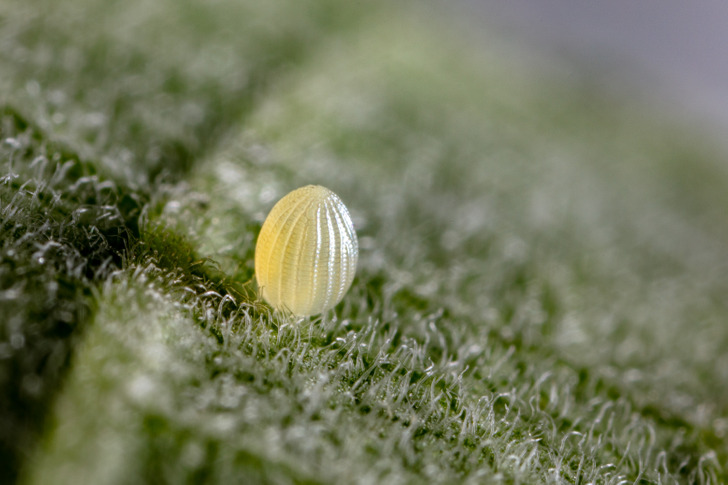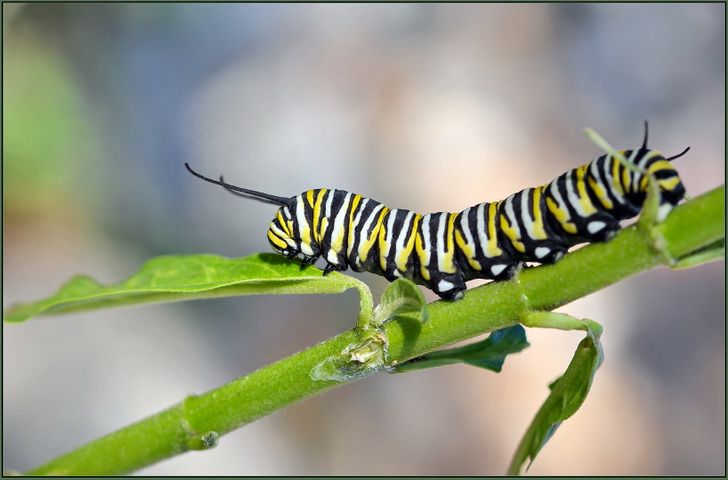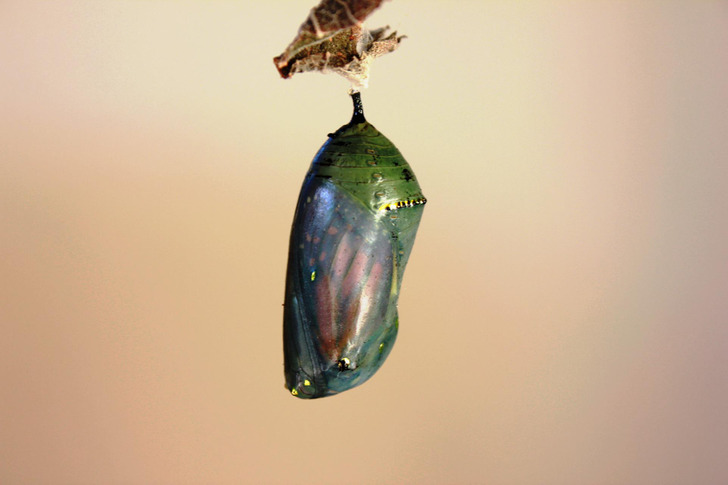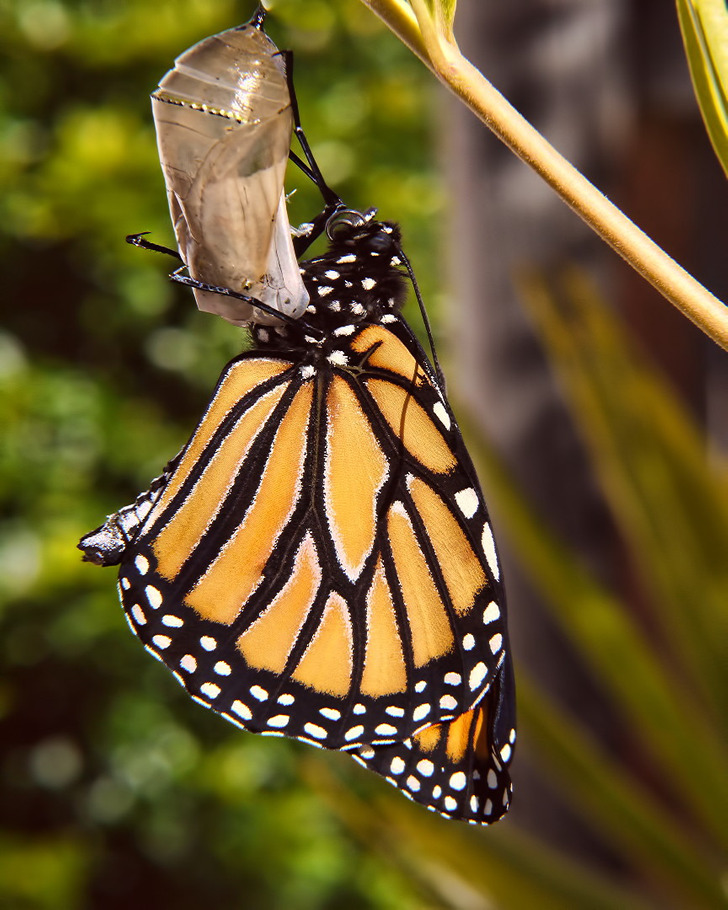How Does a Caterpillar Turn Into a Butterfly
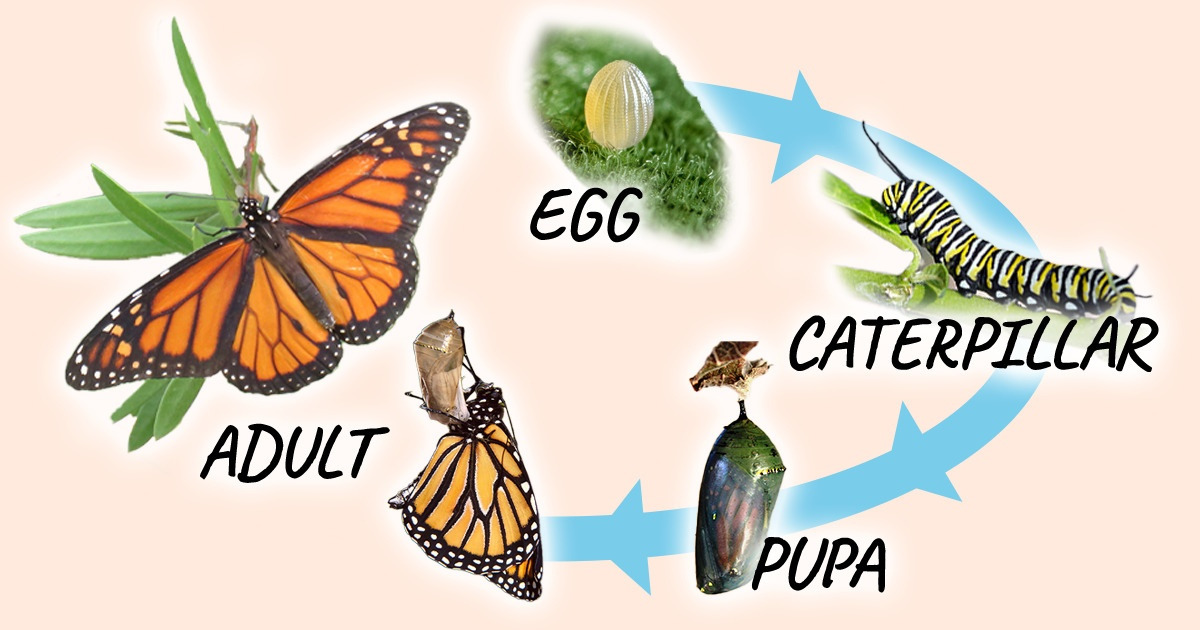
There are about 17,500 species of butterflies living on our planet. Their wings differ in colors and sizes. Butterflies and moths are the only insects in the world with scales on their wings. They are also known for their ability to roll up their proboscis and undergo a number of significant transformations throughout their life cycle.
With 5-Minute Crafts you will learn about the butterfly metamorphosis from stage to stage.
1. The egg stage
To become a butterfly the caterpillar begins its life as an egg. Females usually lay eggs on plant leaves and stems. The eggs of different butterfly species vary from each other. Their texture may be smooth, wrinkled, or bumpy. They may have round, cylindrical, or oval shapes.
Hatching time also differs depending on the species, and in certain species, eggs will hatch only if the air temperature is warm enough. When the hatching is near, the eggshell becomes almost transparent so one can see a small caterpillar moving inside. When the time comes, it chews its way through the eggshell.
2. The caterpillar (larva) stage
Caterpillars, also known as butterfly larvae, spend a lot of time eating. They can grow 100 times larger than they were at the moment of hatching. Caterpillars grow so intensely that their skin begins to tighten. It cracks and falls off, to reveal a newer, larger skin. They can shed skin 4 to 5 times during the larva stage. The nutrients taken from the food they eat are stored in the caterpillars’ bodies and used by the adult insect later.
Every larva has special cells that are programmed to become body parts of an adult butterfly: legs, antennae, wings, and genitalia. These cells are called imaginal discs. They spend the whole stage dormant. This fact makes the caterpillar some kind of a free-living embryo, limited in its development.
3. The pupa (chrysalis) stage
Once fully grown, caterpillars stop eating and find a convenient place to enter their new stage. They often hang upside down on a leaf, a twig, or some safe territory near a host plant. Their skin cracks for the last time disclosing the pupa. Depending on the species, this stage may last from 2 weeks to several months.
Protected by the hard shell of the pupa, the body of the caterpillar is recycled into an adult insect. The tissues of larva break down making some kind of nutrient soup. The imaginal discs start their development. Finally, the center of each disc becomes an extremity: the end of the wing, the tip of the leg, etc.
4. The butterfly stage
Once the body of an insect undergoes a full transformation, the pupa case opens, letting the butterfly out. At first, its wings are wet and crumpled. The butterfly waits until they get dry and then pumps them full of hemolymph — a liquid that makes them strong and ready to fly.
